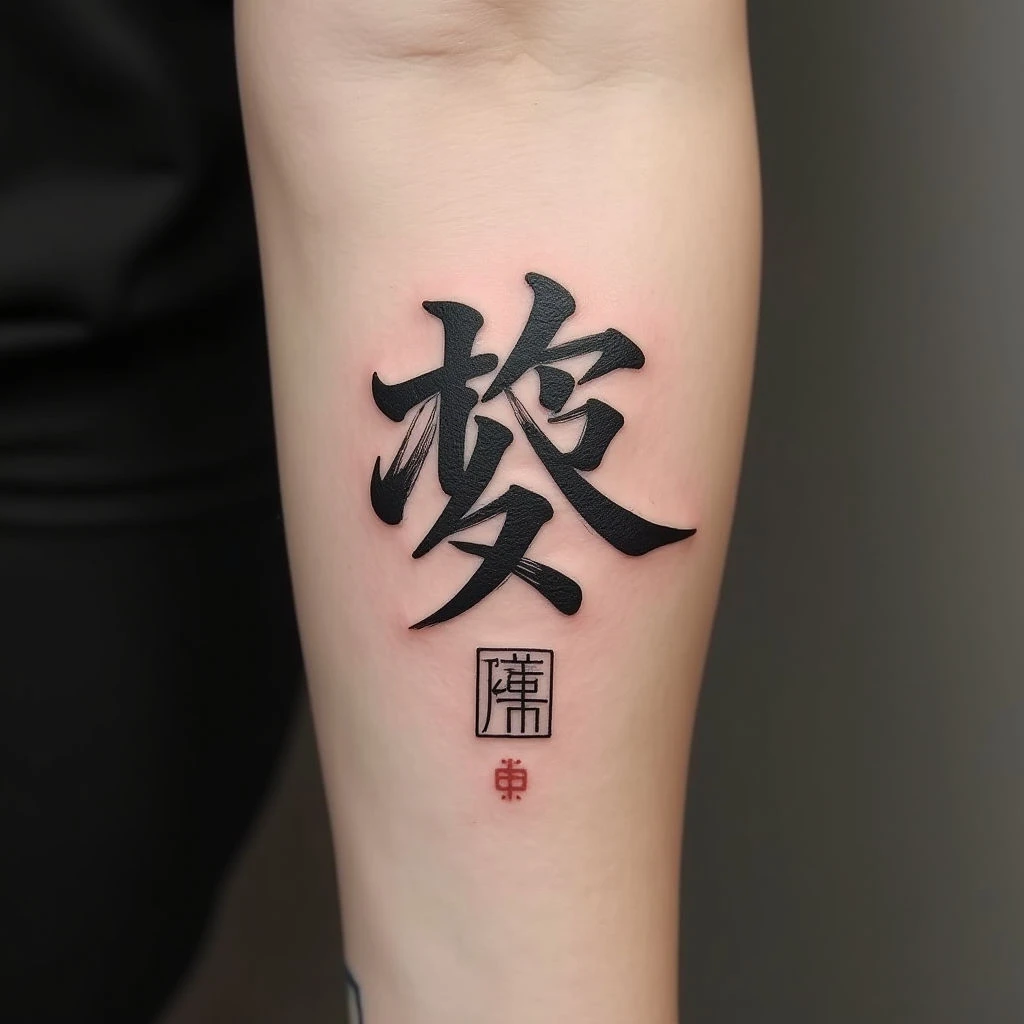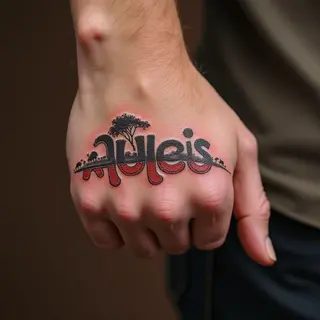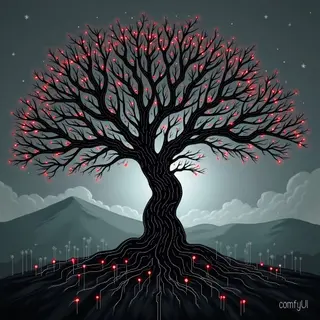Chinese Lettering Tattoos: Meaning and Design
Chinese lettering tattoos are gaining popularity, beautifully combining calligraphy with deeply personal meaning. However, choosing this art form demands respect for its rich cultural heritage.
Understanding the Significance
Unlike Western alphabets, Chinese characters (Hanzi) often hold multiple layers of meaning—a phonetic sound, a visual representation, and an underlying concept. Take 爱 (ài), for example: it means ‘love,’ but also embodies kindness and affection. Selecting the right character is absolutely crucial.
Design Considerations
The calligraphy style significantly shapes the tattoo's overall look. You’ll find options ranging from traditional seal script (篆书 – zhuànshū), known for its elegance and formality, to more modern, relaxed styles. A skilled artist with expertise in Chinese calligraphy can accurately translate your desired meaning into a beautiful design.
Popular Choices
- Love (爱 - ài): A classic choice, representing romantic love or familial affection.
- Strength/Courage (毅 – yì): Symbolizing resilience and determination—a powerful statement.
- Peace (和 - hé): Representing harmony and tranquility; a lovely sentiment.
- Good Fortune (福 - fú): A wish for prosperity and happiness, always welcome.
- Dream (梦 - mèng): Capturing aspirations and ambitions—a reminder of what you’re striving for.
Placement
The size of the character often dictates where it looks best. Larger characters tend to suit areas like the back, thigh, or forearm. Smaller ones work well on wrists, ankles, or even behind the ear. Think about how the character’s flow interacts with your body's natural curves.
Important Note
Always consult a reputable tattoo artist experienced in Chinese lettering. Accuracy and cultural sensitivity are paramount. Incorrect characters can carry unintended meanings—thorough research is essential.


